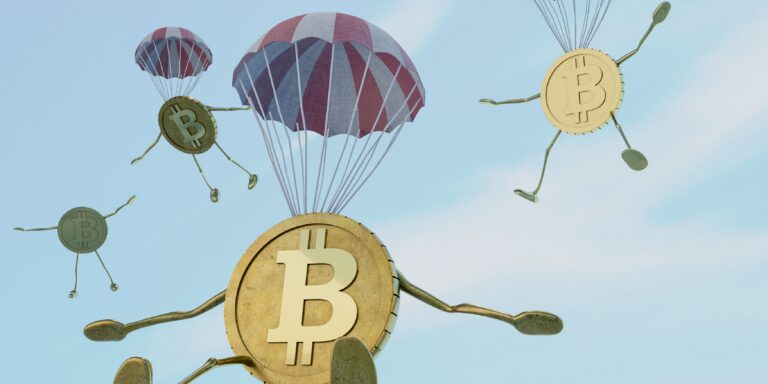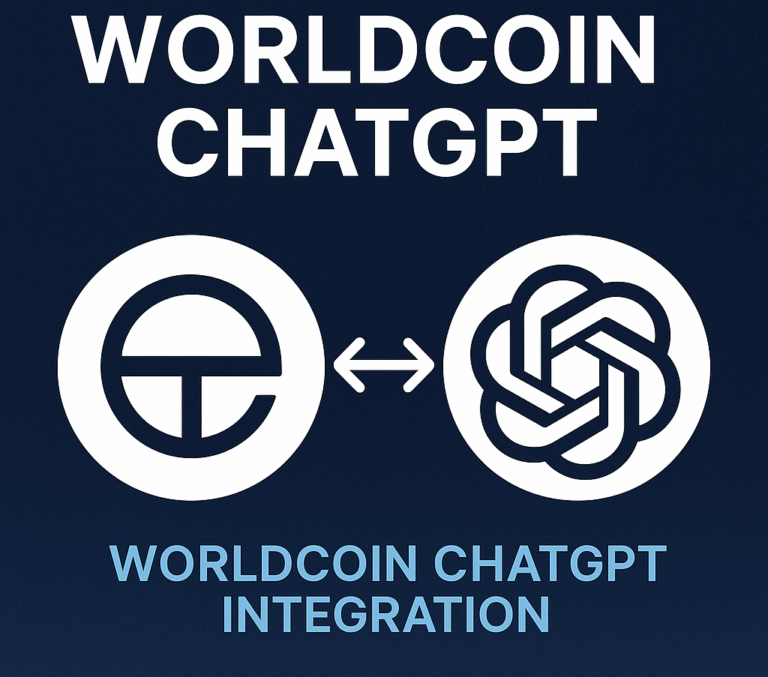The geopolitical tensions in the Middle East are making waves beyond borders — and the crypto market is not immune. As conflicts escalate, investors around the world are closely watching how cryptocurrencies respond in real time. With volatility, uncertainty, and the global economy on edge, crypto is once again at the center of the conversation.
War and Uncertainty: A Catalyst for Bitcoin?
Traditionally, times of war and economic instability push investors toward “safe haven” assets like gold. But in 2025, Bitcoin and stablecoins are being viewed by many as digital alternatives for capital preservation.
Following recent escalations in the Middle East — particularly involving Israel, Iran, and regional alliances — Bitcoin saw a noticeable spike in both trading volume and price, reflecting a surge in investor interest.
📈 According to on-chain analytics, Middle Eastern crypto wallets have increased activity by more than 22% since April 2025.
Banking Sanctions and Financial Restrictions
As sanctions and currency controls tighten across conflict-affected regions, cryptocurrencies are emerging as an alternative for cross-border payments and wealth protection. In countries facing currency devaluation or international banking isolation, stablecoins like USDT and USDC are being used to:
Bypass traditional banking systems
Preserve value amid inflation or political instability
Transfer funds internationally with fewer restrictions
For example, crypto adoption in Lebanon and Palestine has increased noticeably due to the collapse of traditional financial infrastructure and limited access to global markets.
Regional Governments and Blockchain Strategy
Despite the unrest, some Middle Eastern countries continue investing in blockchain:
UAE and Saudi Arabia are accelerating their CBDC (Central Bank Digital Currency) pilots.
Qatar and Bahrain have increased regulatory frameworks to allow Web3 innovation and attract crypto startups.
The region’s approach is dual-sided: while some governments are blocking access to crypto to control capital flight, others are embracing it as part of long-term economic diversification strategies.
Privacy, Remittances & Stablecoins
In times of conflict, access to private, borderless money becomes crucial. Many refugees and displaced citizens are turning to stablecoins to receive international remittances or safeguard savings they can’t keep in banks.
Startups and humanitarian organizations are beginning to explore blockchain solutions for:
Aid distribution via smart contracts
Decentralized ID systems for displaced individuals
Cross-border wallets that operate independently of local currencies
What’s Next?
The situation in the Middle East remains volatile, but one thing is clear: crypto is now a geopolitical actor. Whether as a tool for financial sovereignty or a target for regulation, blockchain-based assets are redefining how people move, store, and access money during crises.
As crypto continues to mature, its role in global conflict zones — including the Middle East — will likely become even more pronounced.
Final Thoughts
Crypto is not a solution to war, but it offers new tools for survival in unstable environments. From citizens seeking security to governments rethinking finance, the Middle East is proving once again that blockchain isn’t just about speculation — it’s about resilience.







